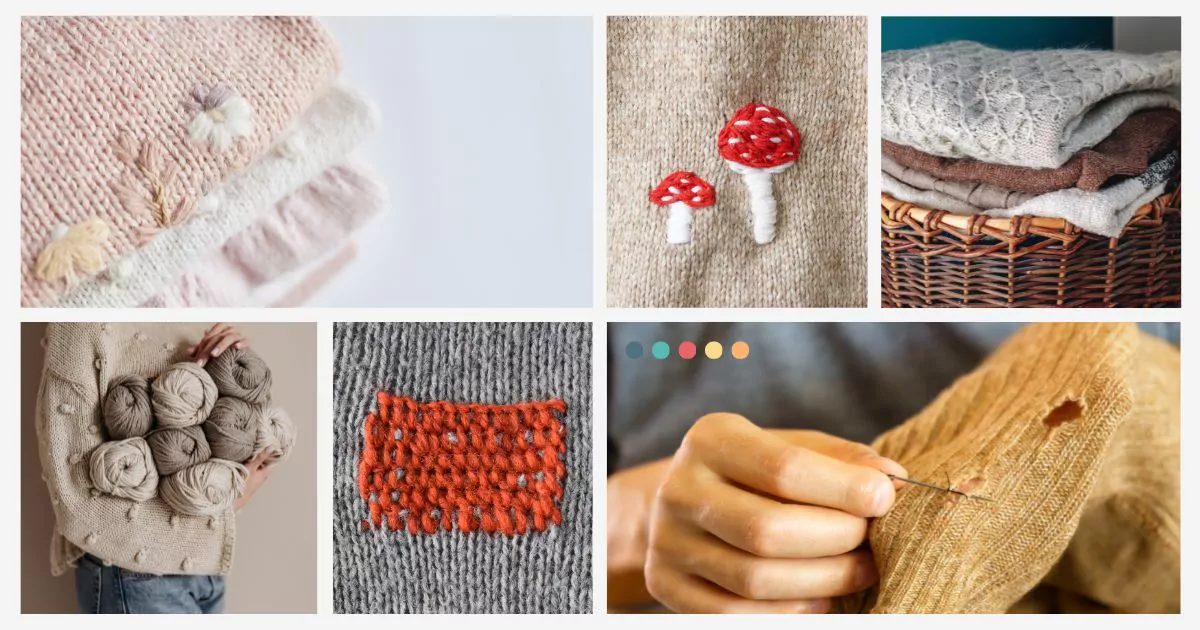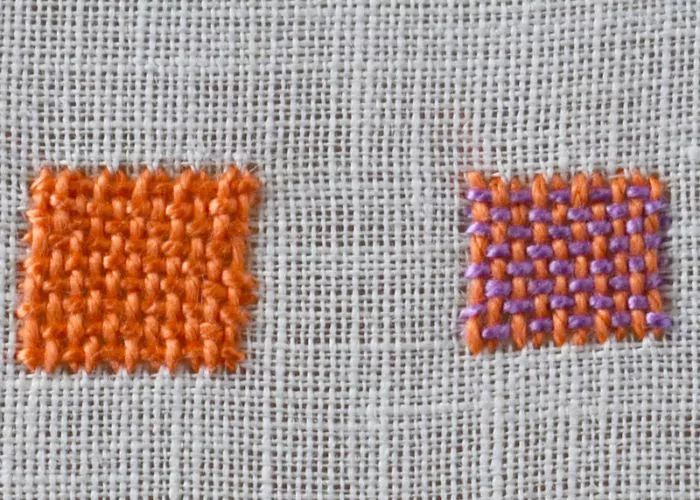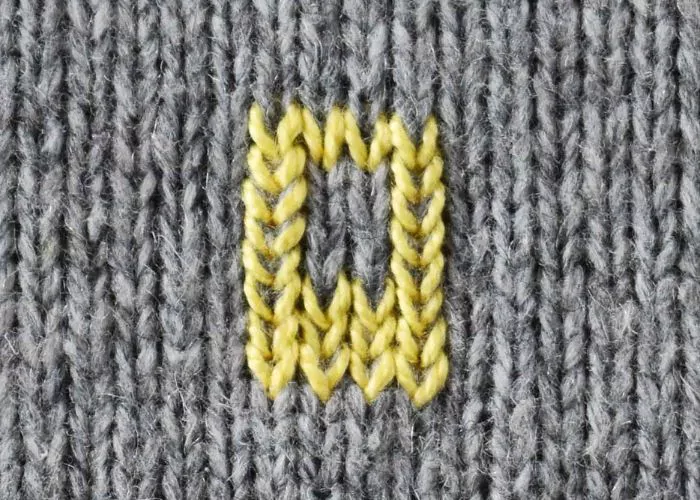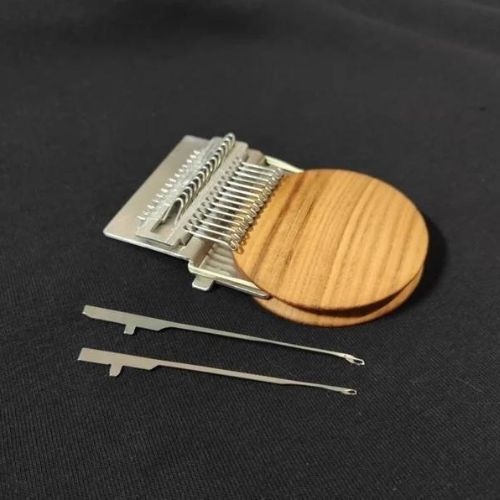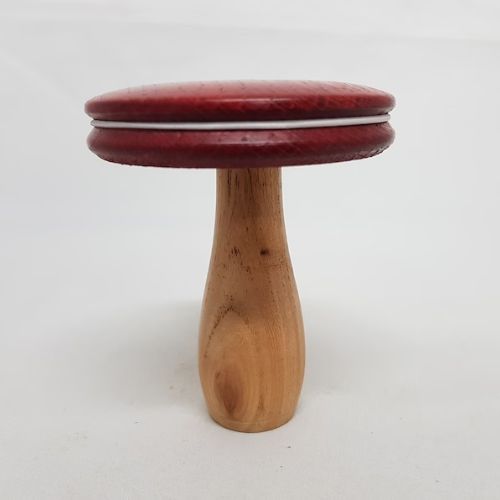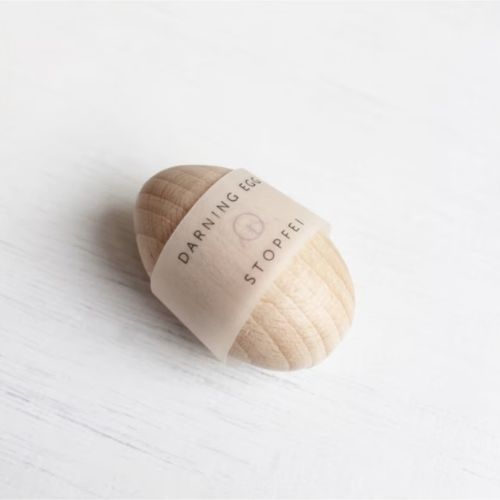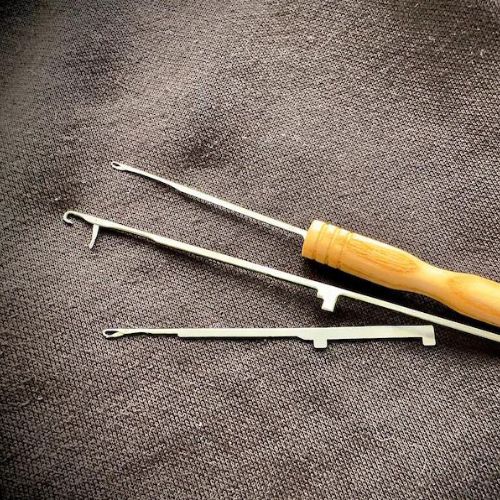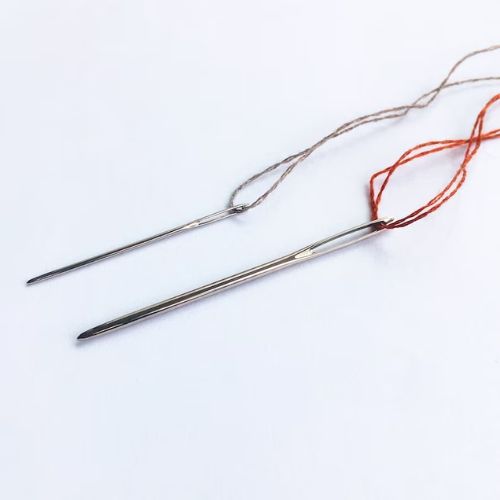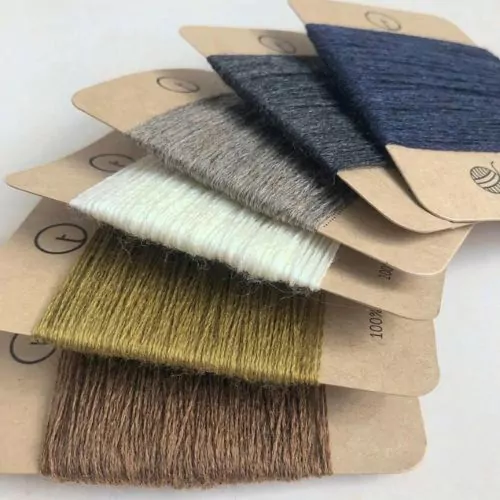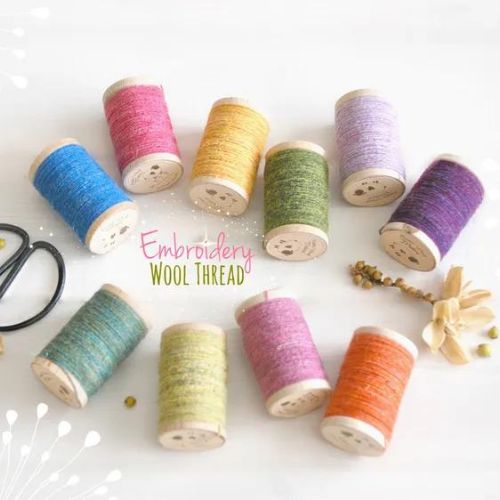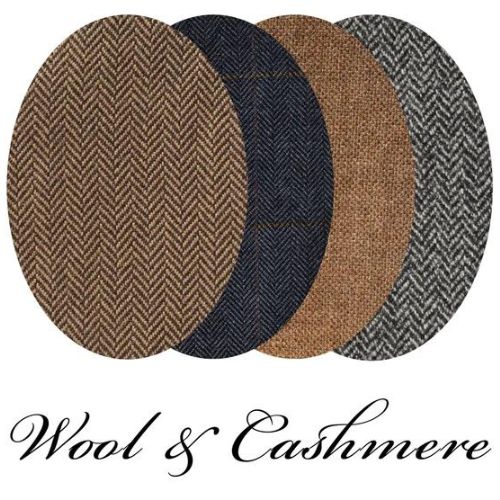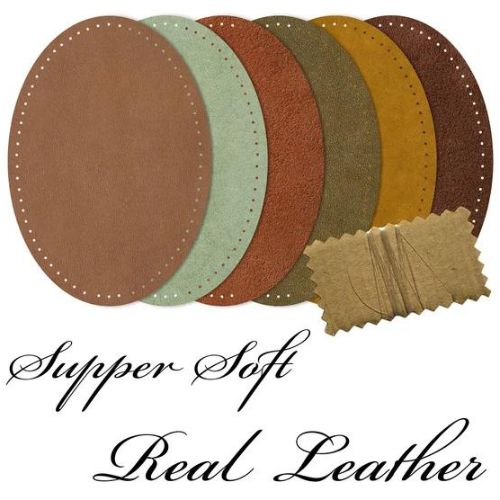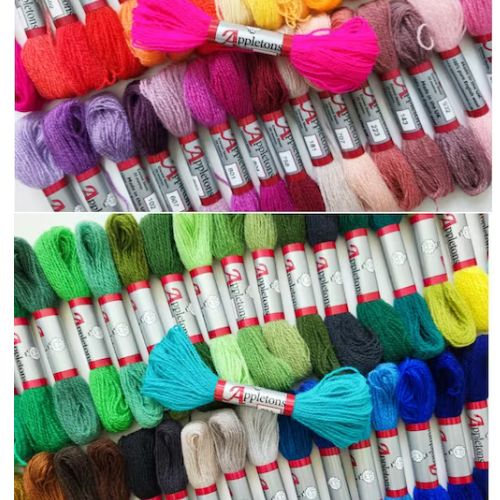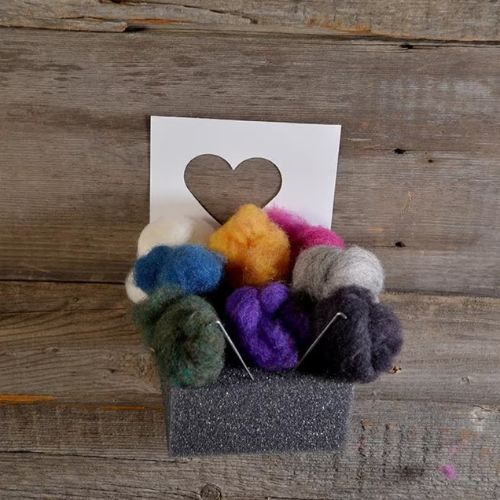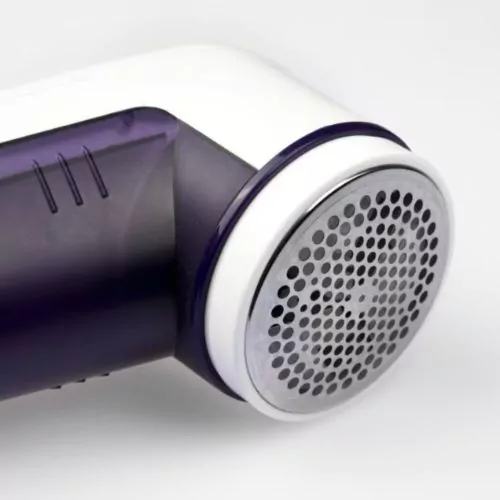Visible Mending Knitwear: A Creative and Sustainable Approach
Visible mending knitwear represents more than just a method to fix a garment; it’s a statement about sustainability, creativity, and personal expression. This article delves into visible mending, providing insights, techniques, and inspiration for anyone exploring this fulfilling craft.
Visible Mending: History and Modern Days
Visible mending has roots that trace back centuries. Still, it’s recently seen a resurgence as part of the sustainable fashion movement. This art form turns the repair into an opportunity for creativity, allowing individuals to infuse their personality into their clothing and household items.
You are probably familiar with techniques like Kintsugi, Sashiko, Boro, and other historical mending techniques. I am happy to see these slow, traditional techniques finding their place in the fast-paced modern world.
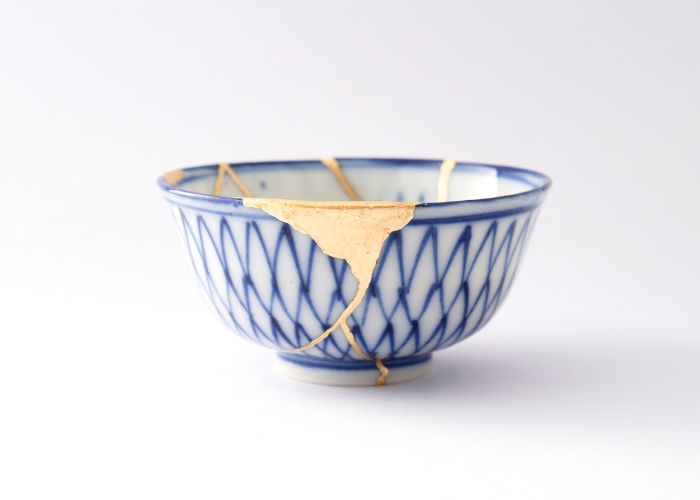
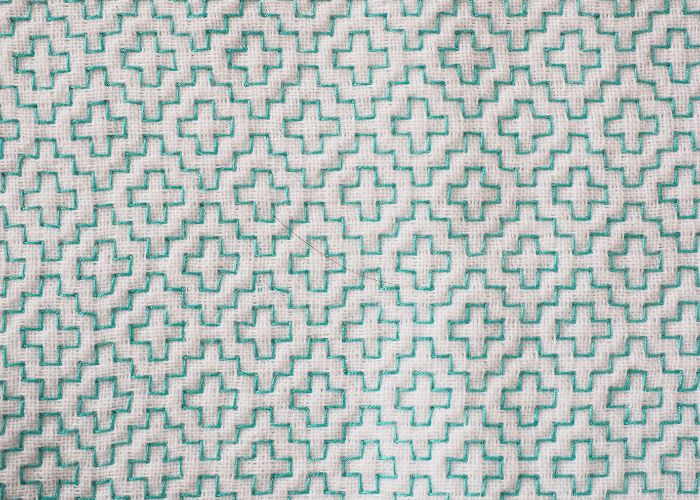
Repairing knitwear and clothes is not just about fixing a tear, a hole, or covering the stain. It’s about reinventing the garment. Visible mending turns a simple necessity into an opportunity for self-expression and design.
Visible mending knitwear is about embracing and celebrating imperfections, transforming them into unique features. Instead of concealing the damage, this approach highlights it with bold, creative stitching or patches. This can mean using contrasting thread colors to create a pattern or design that draws attention to the repair, turning a flaw into a focal point. The result is a one-of-a-kind piece that tells a story of its journey and the care invested in its revival.
Disclaimer: To cover the cost of creating free embroidery patterns and video tutorials for this blog, I do sometimes link to products. Please assume these links are affiliate links. If you choose to buy through my links then THANK YOU – it will make it possible for me to keep doing this.
Techniques of Visible Mending for Knitwear
Mending is not a one-size-fits-all approach. There are various mending techniques suitable for different types of damaged knitwear. The method you will choose will depend on some factors:
- The type of damage. Is it a hole, a thinned, worn-out knit part, or a stain?
- What is the size of the damaged area?
- The position of the damaged area on the garment. Some areas are more exposed to stretching and require specific stitches and techniques.
- What effect do you aim for? You can choose visible or non-visible mend. Also, different visible mending techniques will give diverse visual effects.
You can read a blog post, “Hand embroidery stitches for mending,” to learn more about some of the stitches you could use and their properties and application possibilities.
Darning Techniques
Darning is one of the best-known methods of mending damaged knitwear. You can apply several different darning stitches and techniques to adjust your knitwear.
Weave stitch
This embroidery stitch, also called Needle weaving, is an excellent option for mending knitwear when you need to recreate pieces of fabric and cover the holes. Also, this stitch is indispensable for recreating the edges of knitwear and repairing damaged cuffs.
There are many creative ways to use Weave stitch in your mending projects. Instead of simple over and under weaving, you can opt for twill or chevron weaves. Besides various weaving styles available, you can play with infinite combinations of colors for warp and weft (vertical and horizontal threads in weaving).
If you plan a mending project with a lot of weaving stitch darning, consider using the darning loom for a faster weaving process.
Scotch darning
This embroidery stitch is one of the stitches used for darning holes. It is incredibly widely used when darning knitwear. This mending stitch creates a robust and secure mend and is perfect for mending the heels of socks and the elbows of sweaters – parts that suffer from most wear.
You can recreate the fabric or reinforce worn-out and thin parts of the knitwear using this hand embroidery stitch.
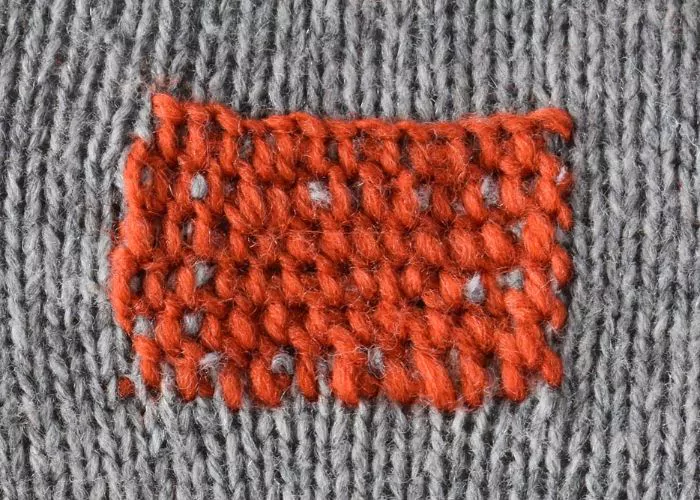
Duplicate stitch
Your go-to stitch if you want to embroider on the knitwear – add some colorful details and decorative elements, cover the stain, or mend a small hole. As the name suggests, it duplicates the plain knit stitches (stockinette stitch). You can choose to use A-shaped stitches or V-shaped stitches. It is only a choice of design.
By the way – you do not need to know how to knit to be able to embroider this simple stitch!
Swiss darning
This method is a way to mend bigger holes with Duplicate stitches. It’s a way to recreate stockinette stitches and repair a hole in a knitted garment. You can choose the same knitting thread to make this mending invisible. On the other hand, you can recreate the stitches with contrasting threads and create exciting designs.
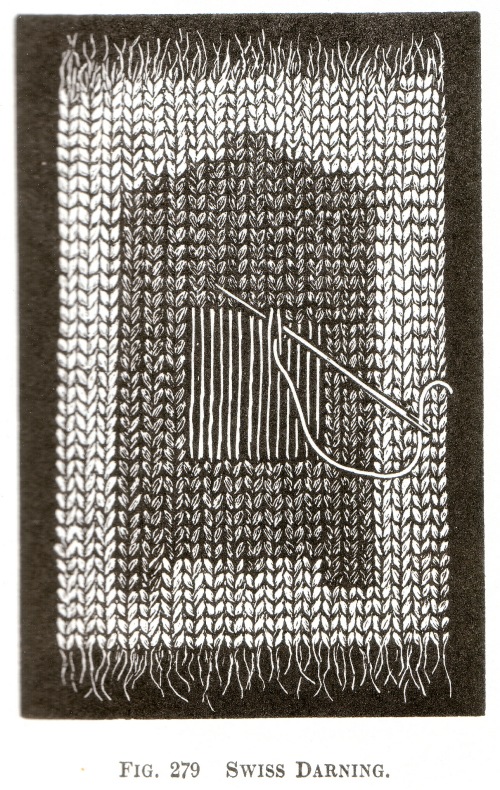
Patching Techniques
Patching is another popular method in visible mending knitwear. This technique has several variations:
Leather patches
Everyone is familiar with the most common elbow patches on sweaters and jackets. These patches will cover the hole or worn-out area of the elbow and prolong the life of your knitwear. You can opt for genuine leather or vegan leather options.
Fabric patches
They are very similar to the leather ones. They are not that durable, but washing the knitwear with fabric patches is easier. You can opt for colorful checkered wool patches, patches from jeans, or classic herringbone cashmere. Check your fabric stash; you might find a leftover fabric for the patches. If not, look for precut patches on Etsy or Amazon.
Embroidered patches
Another type of patch for mending your knitwear. They come in all styles, colors, and sizes. You can make them by embroidering the design on the felt fabric or buying already-made ones. You can find original hand-embroidered patches on Etsy. Also, you can opt for a less pricey option – machine-embroidered patches.
If you want to embroider a patch for your mending project, I shared a tutorial on how to make a hand-embroidered patch with retro lettering on Creative Fabrica.
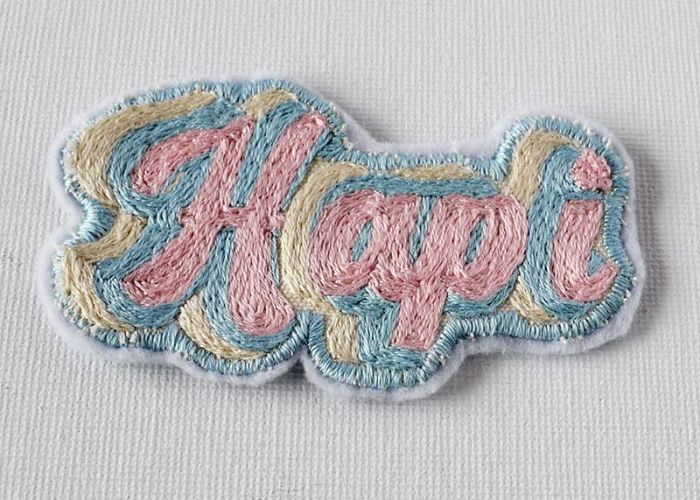
Knitted patches
This method involves knitting a patch directly on the garment you want to mend. You pick up the stitches under the hole and on the sides and knit a new fabric to cover the hole. If you use the same yarn, this patch will create an almost invisible mend. With this method, you can recreate most of the knitting stitches and make cables and purl stitches. The only downside of this method is that you need to know how to knit.
I found a very straightforward tutorial on this technique on The Fibre Co. blog.
Applique
Traditional patches are great for elbow and knee mends. Consider adding applique instead of the patch for other areas of the garments. You can create applique flowers, animals, and objects or make abstract-shaped appliques to cover the holes or stains.
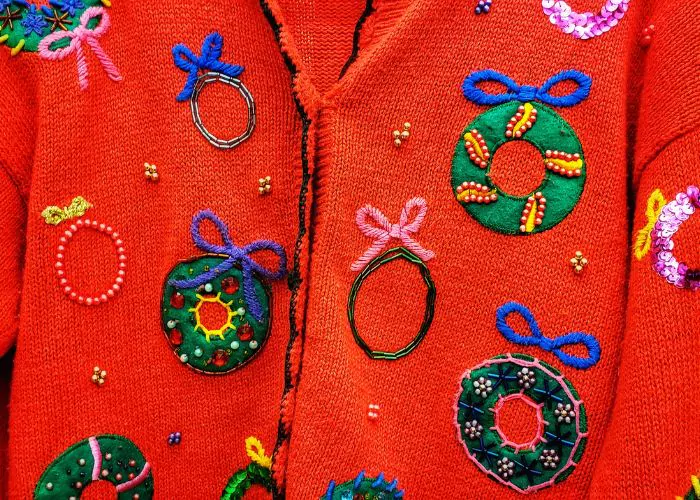
Needle felting
Another excellent technique for visible mending knitwear is needle felting. You stab fuzzy wool roving into a new layer of wool fabric until it’s firm. This technique is fun, creative, and a great way to cover stains and small holes. You can choose from hundreds of colors of the wool roving and can create even the most intricate designs.
If you have a huge hole to cover, patch it first and apply wool felt above the patch. If the hole is more minor, sew it with a needle and thread and add the felted design above.
You can learn how to mend your knits with needle felting on the Woodlark Blog.
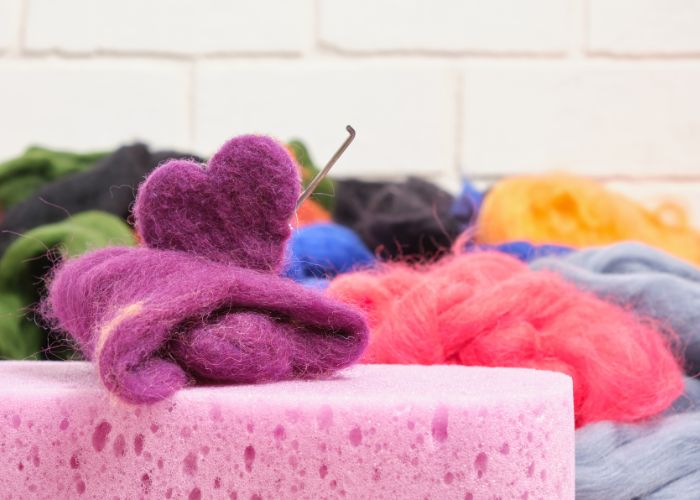
Creative Embellishments
Decorative embroidery stitches on knitwear can turn a simple repair into a stunning design element and turn damaged knitwear into a fashionable one-of-a-kind garment.
Add Flowers
You can use a Woven wheel stitch, Whipped spider wheel stitch, Lazy daisy, Double lazy daisy stitch, Bullion knot, or French knot to embroider flowers. Use bulky yarns for more texture. Add botanical elements like vines with Fern stitch or Stem stitch and some leaves with Fishbone stitch. You can choose matching pastel colors for delicate floral designs or contrasting pallets for more daring looks.
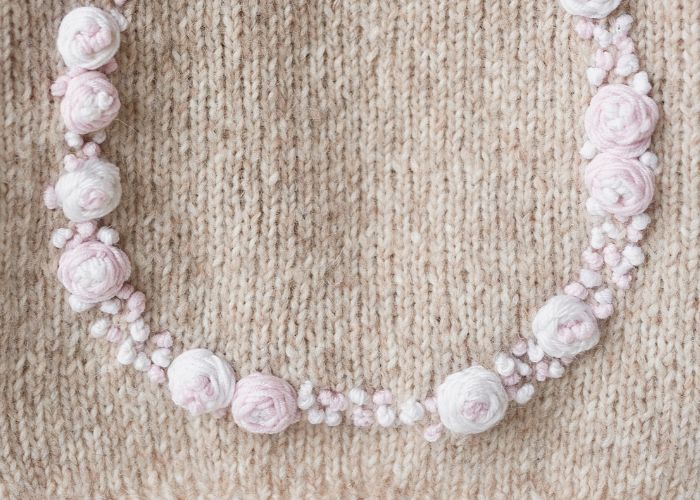
Add some sparkle
Incorporate some glass beads and sequins into your embellishments. Hand embroidery stitches like Stem stitch, Chain stitch, and Herringbone stitch will look great if you add some beads. To secure sequins – use French knots and Straight stitches.
Embroider your favorite nature elements
Animals, fish, mushrooms, leaves, stars… If you can imagine it, you can embroider it on your sweater. Opt for hand embroidery stitches that have some flexibility. Be careful when embellishing the sweater’s collar, as you can break the stitches if you pull too much.
Chain stitch, Satin stitch, Blanket stitch, or Herringbone stitch will work great on knits.
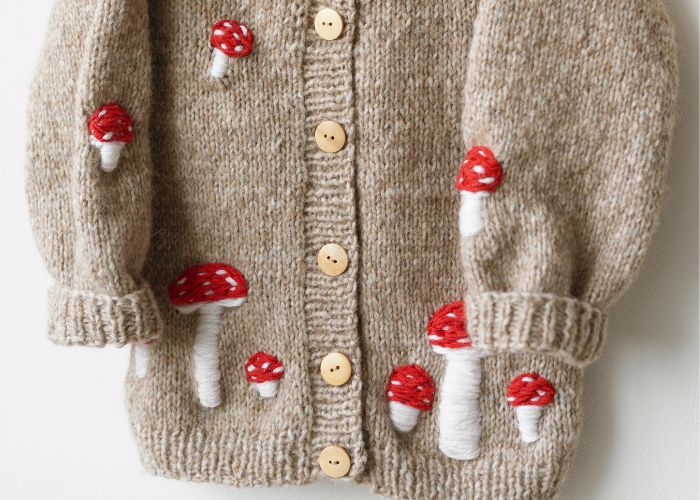
Personalize your knitwear with lettering
Embroider your child’s name to embellish a baby sweater. Lettering can cover minor stains or small holes. To make a statement, embroider a slogan or quote on your knitwear that needs to be mended. Hand embroidery stitches that are great for lettering: Chain stitch, Stem stitch, Satin stitch. Besides that, you can use applique techniques for lettering to cover more extensive areas.
Mix all the techniques
You can mix all the methods mentioned above to create something truly original and one-of-a-kind. Combine patching with darning and add decorative embroidery stitches with beads and sequins above. Let your creativity flow as long as the mend is functional and prolongs the garment’s life!
Materials and Tools for Mending Knits
Choosing the suitable materials and tools is crucial for successful visible mending. I wrote a broader guide, “Mending tools and materials. What you need to get started with visible mending,” that you can read on this blog.
In this article, I shortlisted the tools and materials for mending knitwear.
Essential Tools & Materials for Mending Knitwear
Benefits of mending knitwear
We already discussed how to mend knitwear, what tools and materials to use, and what techniques to apply for the best results. But let’s remember why we should be repairing?
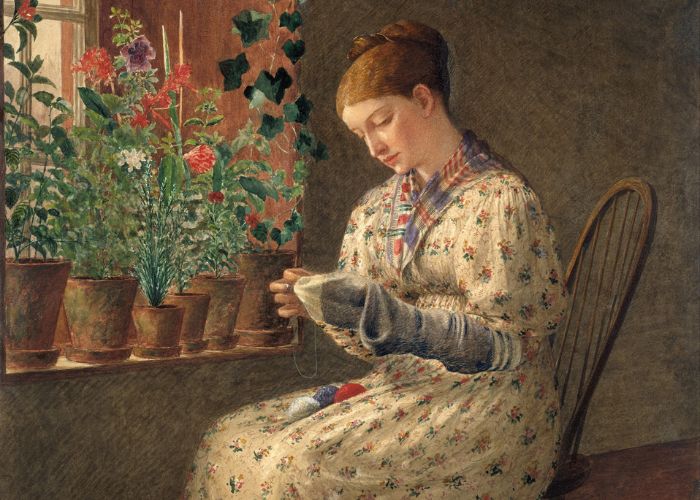
Sustainability and Conscious Fashion
In a world dominated by fast fashion and disposable trends, visible mending is a beacon of sustainability and conscious consumption. By choosing to repair and reinvent our knitwear, we make a statement about the value of clothing and the importance of reducing waste. This practice encourages a more thoughtful and deliberate approach to fashion, where quality and longevity are cherished over fleeting trends.
Visible Mending knitwear as a Creative Expression
Knitwear, with its textured fabric and intricate patterns, provides a perfect canvas for creative mending. Whether it’s a cozy sweater, a beloved scarf, or a pair of well-worn socks, each piece offers a unique opportunity for artistic expression. Menders can experiment with a variety of stitches and techniques. This versatility allows for endless possibilities, making each mending project as simple or complex as desired.
Preserving Memories and Meaning
Often, knitwear items are more than just clothing; they carry memories and sentimental value. A favorite sweater might remind you of a special occasion. Gifted scarf – of a person who made it for you. Visible mending allows these memories to be preserved and celebrated. By repairing these garments, we’re not just extending their physical life. We also maintain a connection to the stories and people associated with them.
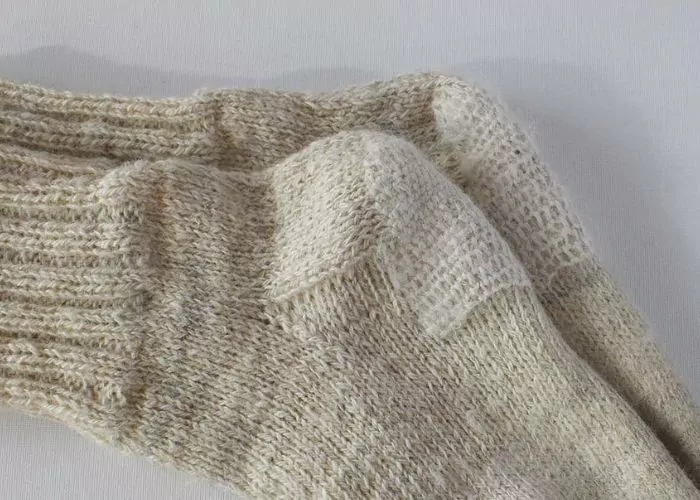
Personalization
Mending allows for personal expression and storytelling through clothing. Every mending project is an opportunity to personalize the garment and to make it truly yours. Choose the colors and stitches you like for visibly mending your knitwear. Embroider your favorite flowers on your cardigan or add your kids’ names on their sweaters.
Mending and Mental Health
Mending can have therapeutic benefits, offering a mindful escape from the stresses of daily life. The act of repetitive embroidery stitches brings joy and well-being while also reducing stress hormones. Besides that, mending itself can reduce eco-anxiety and give a sense of accomplishment and tangible action of climate activism.
Therapeutic Benefits of Mending
The repetitive and creative nature of mending can have calming and therapeutic effects, contributing to better mental health and lower blood pressure. Besides that, precise movements of your fingers and coordination will boost your motor skills and focus.
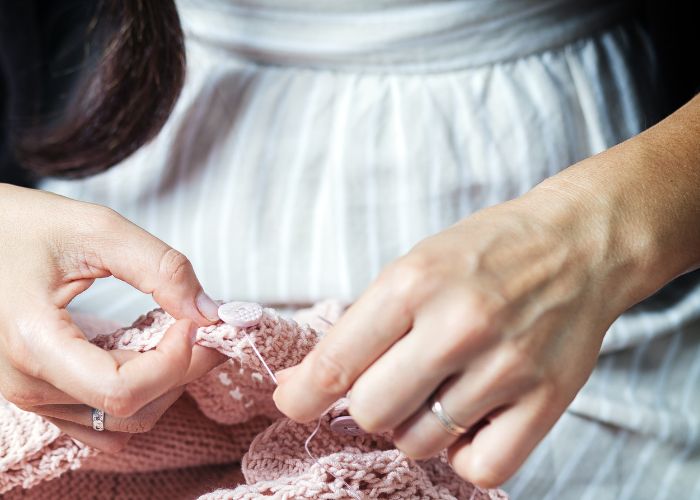
Mindfulness in Craft
Hand embroidery and other mending techniques boost self-awareness and self-worth and increase the general well-being of the person who practices them. A New Zealand study shows a correlation between crafts, positive emotions, and self-worth.
Reducing Waste through Mending
Mending contributes to reducing textile waste and promoting a circular economy. It can be a powerful tool in upcycling old or damaged clothing, transforming unwanted garments into unique and cherished items.
Repairing your knitwear will reduce the waste and your environmental impact and save you a lot of money. Mending, upcycling, and refreshing the garments you own minimizes the need to buy new items.
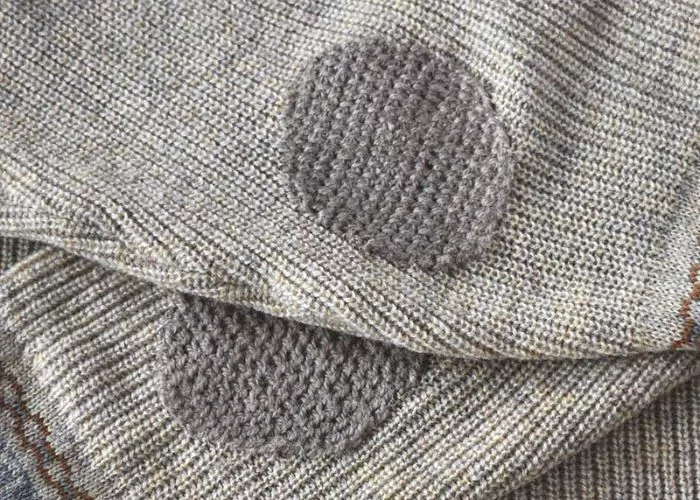
Incorporating Mending in Daily Life
Mending doesn’t have to be a daunting task. Incorporate mending into everyday life and make it a habit. Making repairing a regular part of your routine will make mending tasks less tedious and time-consuming.
Here are simple mending practices that can fit into even the busiest schedules:
Inspect your knitted garments after every wash
- Check if all the buttons are in place. Adjust loose buttons and replace lost ones as soon as you notice it.
- Address minor snags immediately. It is easier to adjust one snagged thread than to mend a big hole that can appear if you do not fix it. You can learn how to fix a snagged sweater on the Instructables website.
- Clean the stains as soon as it is possible. Food stains are easier to clean if you address them immediately.
- Depill your knitwear regularly. It will keep your knits in good shape for longer. Besides that, light pills are much easier to remove.
- Check for worn-out areas and thinned threads. Adding duplicate stitches to reinforce the knit is faster than mending the hole when you need to recreate the fabric.
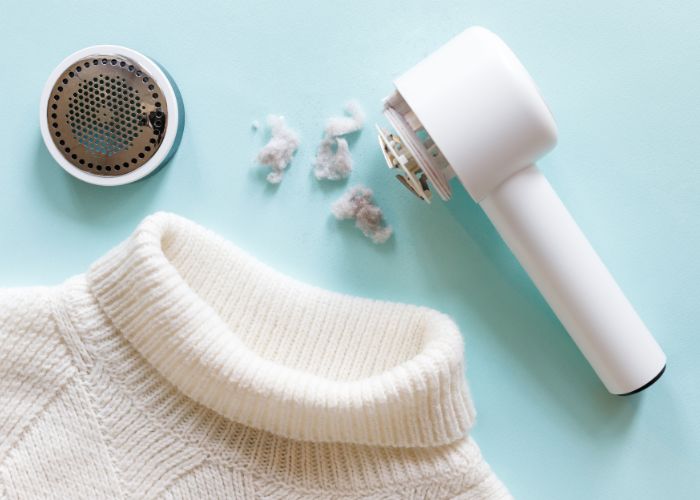
Create your mending routine
After you inspect your knits and address fast mends immediately, you will still have some knitwear that requires more effort and time to mend. Create a mending routine that fits your lifestyle so these garments can get repaired, too.
Think about the moment in a day when you have 30 minutes of free time? Even 20 minutes a day can make a significant change. Use this time for mending, and you will see impressive results in a week or two.
Use this daily practice to cultivate mindfulness and self-awareness. It can become your meditation time or your self-time. Also, this moment for mending can be a daily break from the digital world or your time for listening to podcasts or audiobooks while your hands are busy with mending.
I address all the mending tasks during the evening TV time with my family. I always have my crafting basket near the sofa ready with a mending project, materials, and tools on hand.
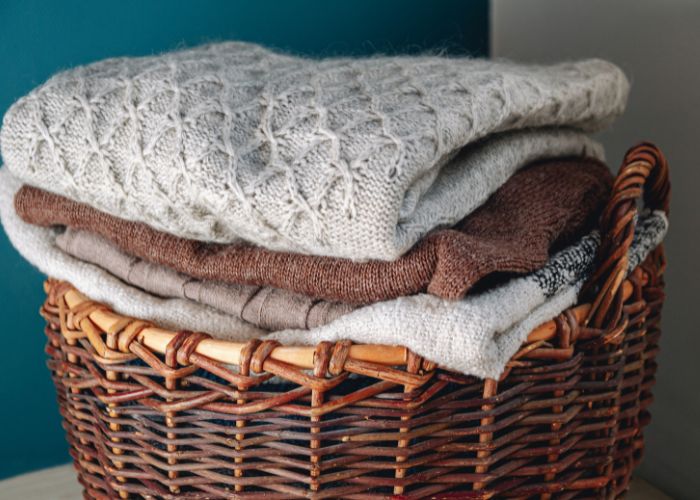
Mending Inspiration and Resources
The visible mending movement has fostered a diverse and inclusive community of crafters, artists, and environmentally-conscious individuals worldwide. This community thrives on sharing ideas, techniques, and inspiration. It’s a space where beginners learn from seasoned menders, and experienced crafters can explore new and innovative methods. The sense of community and shared purpose adds a social dimension to the craft, making it a rewarding and enriching experience.
Places to find mending inspiration and ideas
- Pinterest. This visual search engine is a treasure trove of ideas and inspiration. Search for the “visible mending sweater,” “creative repairs,” or similar terms. Also, check out two of my curated boards – Visible mending, fixing, and darning clothes and Embroidery on knitwear.
- Fixing Fashion collection
- Instagram. Check out the hashtags like #visiblemending, #creativemending, #mendingmatters or #darning
- Read the article “Visible Mending Ideas, Techniques and Inspiration to Transform Your Clothes” on this blog to get inspired.
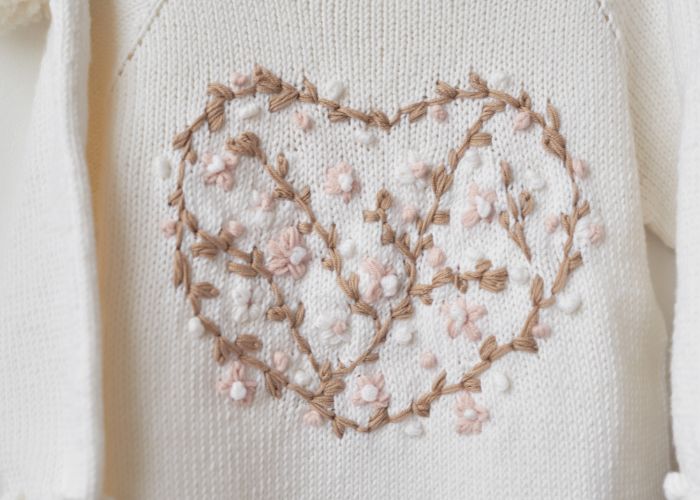
Places to learn mending
- Fixing fashion online academy
- Repair What You Wear
- Fast Fashion Therapy online and in-person workshops
- Courses, workshops, and tutorials by Collingwood-Norris Design
- Visible Mending: Colorful Knitwear Repair online course on Domestika
The Books to Learn Mending
- Visible Creative Mending for Knitwear is a creative mending book by Flora Collingwood-Norris. This book will show you how to approach the tiniest hole to extensive damage and everything in between.
- Modern Mending: How to minimize waste and maximize style by Erin Lewis-Fitzgerald. This book demystifies mending and shares step-by-step instructions for various techniques, including stitching, darning, patching, needle felting, and machine darning. The book includes knitwear mends and many universal mending ideas that you can apply to knitted and woven fabrics.
- The Mending Directory: 50 Modern Stitch Patterns for Visible Repairs. This book by Erin Eggenburg has an entire chapter dedicated to mending knitted fabrics.
Frequently Asked Questions about visibly mending knitwear
What are the basic materials needed for visible mending?
The most basic materials for visible mending knitwear are wool yarn and a needle. The complete list – in the article Mending tools and materials.
Can visible mending be applied to any type of fabric?
Yes. You can mend knits, jerseys, woven fabrics, and even felt fabrics with visible mending techniques and stitches.
How do I choose the right colors for mending my knitwear?
There are no right or wrong colors. If you want the mending to appear invisible, choose the thread color that best matches the fabric. In other cases – choose the colors that you like and that stand out from the color of the garment. It’s the easiest way to make your visible mending noticed.
Are there any online communities or resources for learning more about visible mending?
There are local and international organizations and communities that care about mending and repair. They organize local events and share tutorials online. Some of them are Fixing Fashion, Repair What You Wear, Fast Fashion Therapy (UK), FixAble community in Australia, The Restart Project, and Modern Mending Club on Facebook.
How can visible mending contribute to sustainability in fashion?
Mending, upcycling, and altering clothes reduce textile waste and promote a circular economy. It saves your money and natural resources, too.
What are some simple mending techniques for beginners?
The most basic mending techniques are darning, patching, and embroidering.
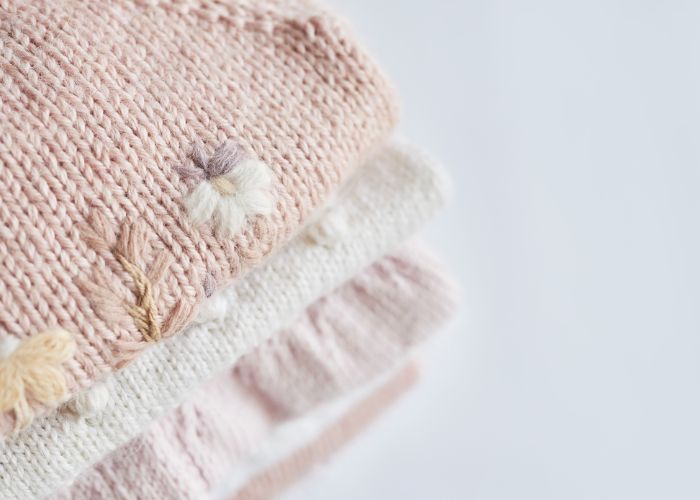
Over to you
The art of repairing knitwear is more than a practical skill; it’s a creative journey that offers endless possibilities for personal expression and sustainability. As we embrace visible mending, we redefine the value of our clothing and contribute to a more mindful and environmentally aware approach to fashion.
This guide aims to inspire and equip readers with the knowledge and skills to start their mending story.
Will you join me on this journey towards sustainability?

